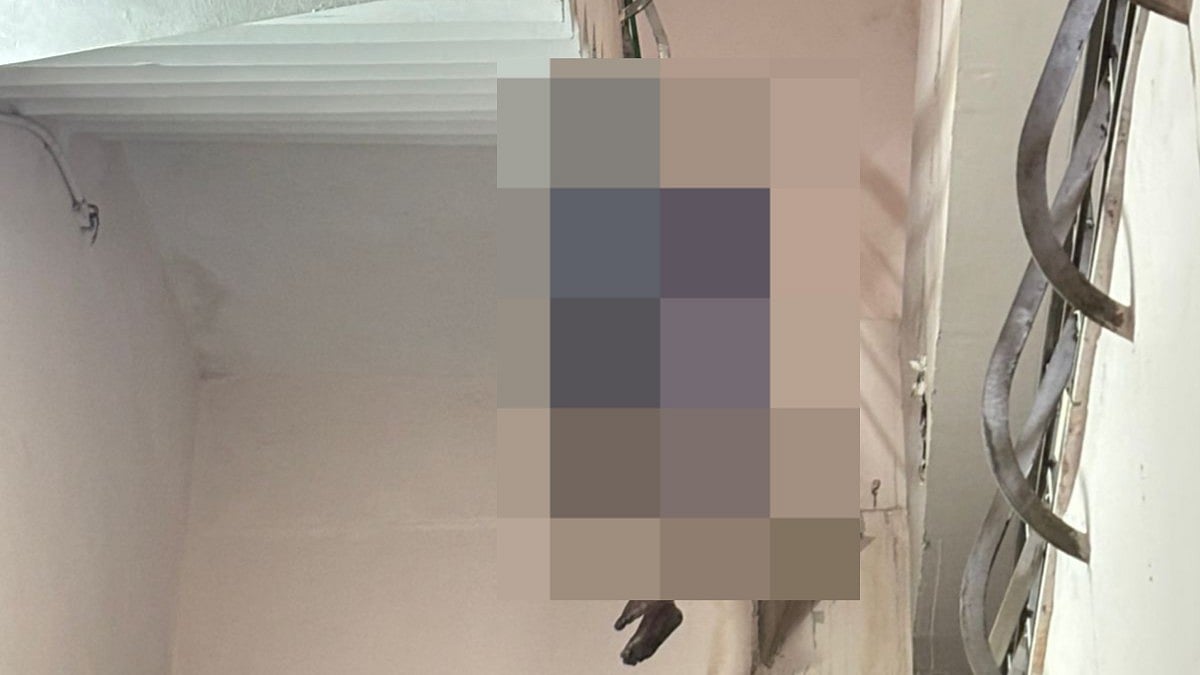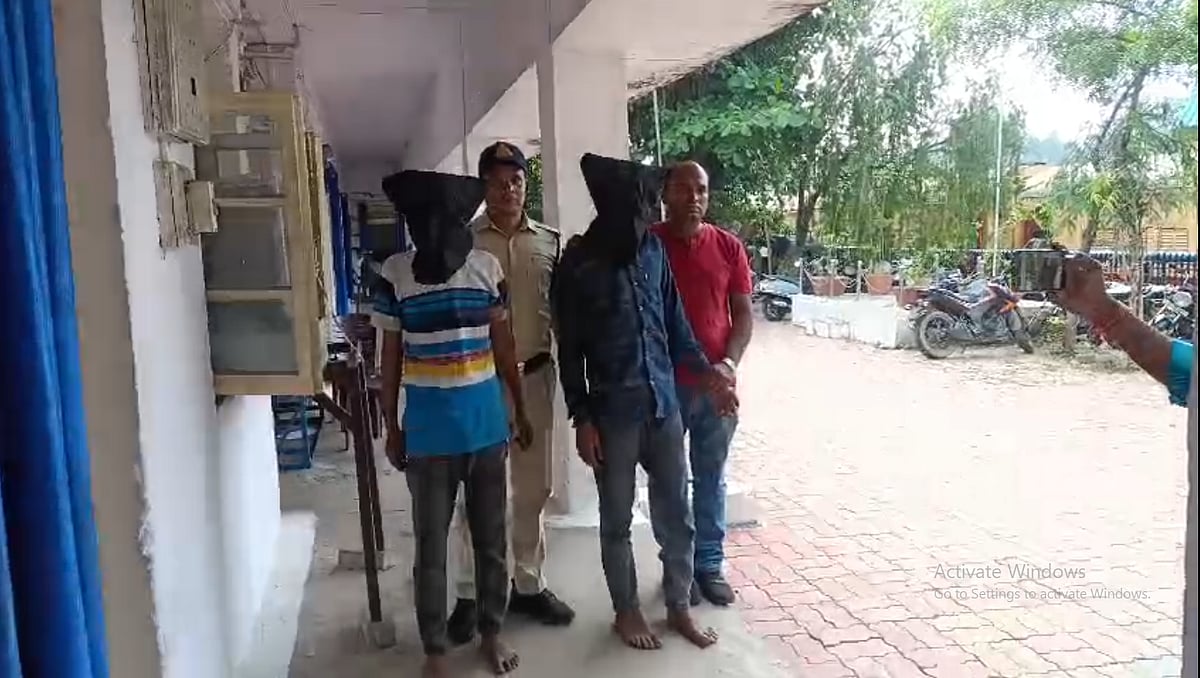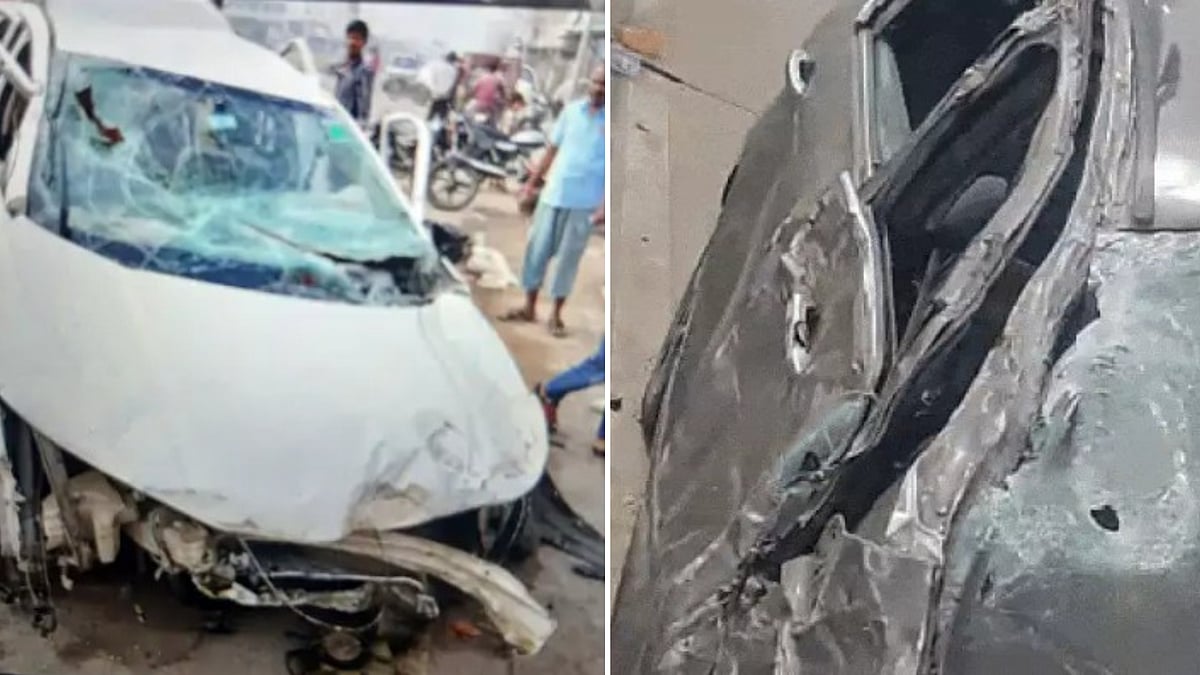Bhopal: Bhopal is widely known as the City of Lakes. But with its string of museums, it can well be described as City of Museums too. The capital’s repositories of the past cover a vast canvas – ranging from those encapsulating the history of human civilisation to tribals to flora and fauna to newspapers to telephony and to even dolls. Needless to say, most of the objects displayed in these institutions are irreplaceable and cannot be valued in monetary terms.
Some major museums in the city include the nationally-acclaimed Indira Gandhi Rashtriya Manav Sangrahalaya, Tirbal Museum, State Archaeological Museum, National Archives, Bharat Bhawan, Regional Museum of Natural History, Birla Museum, Sapre Sangrahalaya, Dr Shankardayal Sharma Swatantra Sangram Sangrahalaya, Dushyant Kumar Smarak Pandulipi Sangrahalaya, Remember Bhopal Sangrahalaya, Telecom Sangrahalaya and Aakar Gudiya Ghar Sangrahalaya. On the occasion of International Museum Day, based on the theme “Museums and Contested Histories: Saying the Unspeakable in Museums”, Free Press had a dekko at some of the prominent museum of the city.
Low footfalls
But unfortunately, due to lack of adequate publicity, mainly the fallout of the government’s apathy, these enchanting institutions are not drawing the attention they should and their footfalls are nothing to write home about. They have not emerged as tourist destinations. And – you guessed it right – even most of the localities do not care to visit them. Free Press tried to probe why.
Museum of Man
Established in 1979, the Indira Gandhi Rashtriya Manav Sangrahalaya (IGRMS), also called the Museum of Man, is only anthropological museum across country, located at the Shyamla Hills. The unique institution, which presents an integrated story of the evolution of human race and its culture, with special reference to India, is spread over an area of about 200 acres. In 1997, it was established in New Delhi but later in 1979 it was transferred in Bhopal. The museum also has a regional centre for the South India region at Mysore in Karnataka. Its vast area and huge outdoor exhibits and clusters of the open-air exhibitions partially developed and opened for the public: Tribal Habitat, Coastal Village, Desert Village, Himalayan Village, Mythological Trail, and Traditional Technology Park. As many as 26,000 ethnographic exhibits are in its collection. Apart from exhibits, various other facilities including a reference library, audio-video and photography studio, publication unit, conservation laboratory, canteen, museum shop and guidance are also available here.
Tribal Museum
Established in 2013, the ‘Janjaatiya Sanghralaya’ or Tribal Museum located at Shyamla Hills was inaugurated by the President of India, Pranab Mukherjee. The museum showcases historical and cultural narratives depicting different facets of tribes inhabiting Madhya Pradesh and Chhattisgarh. An amalgamation of anthropological provenance and sociological relevance of different cultures, customs and rituals of indigenous peoples such as the Gonds, Bharias, Korku, Sahariya, Bhil, Baiga and Kol – the museum is a rich repository of traditional aesthetics and artworks. Tribes of the state, themselves, have exhibited their historical and mythological narratives, beliefs, colourful wedding customs, farming practices, and rituals while preserving and depicting the rich cultural capital of central India at the museum, here.
State Museum
The State Archaeological Museum was shifted to a new majestic building at Shyamla Hills in 2005. Earlier known as the Bhopal Museum, it has 16 different theme galleries showcasing the state’s sculptural masterpieces, pre-historic articles and fossils, excavated objects, epigraphs, manuscripts, paintings, royal collections, textiles, documents, postal stamps, autographs, miniature paintings, coins, arms and weapons, and articles associated with India’s freedom struggle. It also exhibits the samples of the beautiful carvings of Khajuraho’s courting couples.
National Archives
The National Achieves of India (NAI), regional office came into being via an agreement signed on 21 October, 1953 between the state government and the government of India. Archiving of records began in Bhopal much before the Imperial record department was set up in 1891 in Calcutta. The Bhopal centre holds the largest collection after NAI central office and records dating back to 1837 can be accessed here. Bhopal’s national archives holds a detailed administrative record called Daftar-e-Insha. It gives a remarkable insight into the working of Nawab Jehangir Mohammed Khan (1837-1844). It includes correspondence of the Begums and Nawabs. The regional office has also acquired a collection of books numbering about 3000 of historical and archival importance.
Bharat Bhawan
Bharat Bhavan is an autonomous multi-arts complex and museum located near the Upper Lake. A one of its kind centre of arts in the country, the Bhawan was inaugurated by the former prime minister Indira Gandhi in 1982. It houses an art gallery, fine arts workshops, an open air amphitheatre, a studio theatre, an auditorium, a museum of tribal and folk art, libraries of Indian poetry, classical music as well as folk music. It has a huge collection of tribal art and sculpture from Bastar, Chhattisgarh.
Regional Museum of Natural History
Regional Museum of Natural History (RMNH) is located at Shahpura Lake. It depicts ecological relationships among plants and animals including man, develops appropriate educational programmes for children, adults and family groups to create environments awareness, publishes popular educational material useful for environmental education, and develops appropriate institutional material within the region to promote environment education. The Museum has a rich display of attractive exhibits and an established activity centre for school children.
Birla Museum
It occupies a significant place among the monuments and museums in Bhopal. Stone sculptures, terracottas, manuscripts and paintings are displayed here. The various objects that are exhibited in the museum date from the primitive period onwards. There are primitive tools and implements that were used during the Palaeolithic and Neolithic period which are also on display. A marvellous scale model of the Bhimbetka rock shelter with its ancient murals is surely going to astound the onlookers with its divine appeal. The tourists interested in archaeology can also observe the stone sculptures that date from the 7th to 13th century collected from the various archaeological sites. Coins and manuscripts and Terracotta belonging to 2nd century BC to the 6th century AD are also exhibited.
Sapre Sangrahalaya
Established in June 19, 1984, it is very rare museum for journalism is set up in the name of Madhavrao Sapre, the pioneer of Hindi journalism. The ideology that Lokmanya Tilak had when he started Kesari, was the same ideology that Sapre had, so he launched Hindi Kesari. The museum collects all kinds of old periodicals and newspapers in all the languages – Hindi, Marathi, Urdu and so on – for the purpose of preserving them. Around two lakhs books, two lakhs manuscripts and more than 25,000 magazines are available in its collection. It has also collection of rare old things ranging from gramophone, radio to black and white TV. Some modern cameras are also available here.
Lack of awareness
I think it is due to lack of publicity and awareness among people. No doubt, the city has a large number of museums but people only know about some popular one. Museums are like temples where works of art, historical artefacts and scientific specimens are collected, preserved and exhibited. Jab publicity nahi hogi to logon mein awareness kahan se aayegi … I think, the government should launch a day-long guided tours of museums on the lines of the ‘Bhopal Darshan’ bus run by the MP Tourism.
Narayan Vyas, eminent archaeologist
Only academicians showing interest
Lack of publicity is one of its important reasons. Presently, only academicians and researchers are visiting museums. I also feel that the museums are being ignored by the government and tourism department. As far as I know, the tourism department has never tried to publicise them as attractions of the city. If more people visit museums, it will not generate revenue which can be used for their upkeep, but the people will become aware of their rich heritage and past.
Suresh Mishra, noted historian










